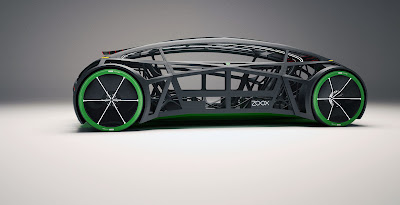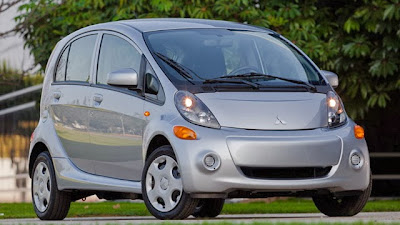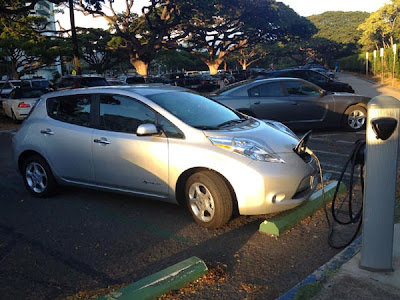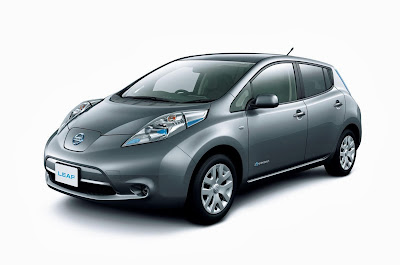Virgin is to enter a team for the first FIA Formula E Championship, which gets out of the grids next year.
The all-new championship will take place on purpose-built street circuits in ten city centres around the world. The Virgin Racing Formula E Team, is headed by Team Principal Alex Tai and has the backing of Virgin founder Sir Richard Branson. Both have been involved in a number of pioneering technology projects in aviation, space and more recently racing.
The Formula E Championship is intending to showcase electric car technology and speed up development and innovation amongst manufacturers. Against this backdrop, Virgin will bring fun, energy and excitement to create a concept that is compelling for both fans and commercial partners, and will create a winning team.
Richard Branson said: “The launch of the Formula E Championship is exciting news for racing fans but also for those that believe in developing the great electric cars of the future. The need to create fast, dependable and durable race cars will help to accelerate the sector and showcase electric cars to a large global audience. With races around many famous city centres, I am expecting a lot of spectators, plenty of fun and some sparks flying as the competition hots up.”
Alex Tai – Team Principal of Virgin Racing Formula E Team, said: “I’m absolutely sold on the concept of Formula E and believe that it is a great fit for the Virgin brand. The accessible nature of the series with its races being right in the heart of our great cities, should create a wonderful atmosphere. The drive to develop new technology appeals to Virgin, which has always been a pioneering organisation. I’ve been fortunate to have been involved in a number of such activities over years, from the Virgin Atlantic GlobalFlyer to Virgin Galactic activities that push technological and human boundaries and capture people’s imagination.
Alejandro Agag – CEO Formula E Holdings, said: “It gives me great pleasure to welcome Richard Branson and the Virgin Team to Formula E and for them to have chosen the FIA’s new zero emission series to make their return to top-flight motor sport. Having a global brand like Virgin, renowned for their technological innovation and sporting passion, as one of our ten teams is a fantastic addition to the championship and shows their commitment to sustainable mobility. Today’s announcement now means we just have one team left to announce before the grid for the inaugural 2014/2015 Formula E season is complete.”
FORMULA E ENTRANTS SO FAR

.jpg)














